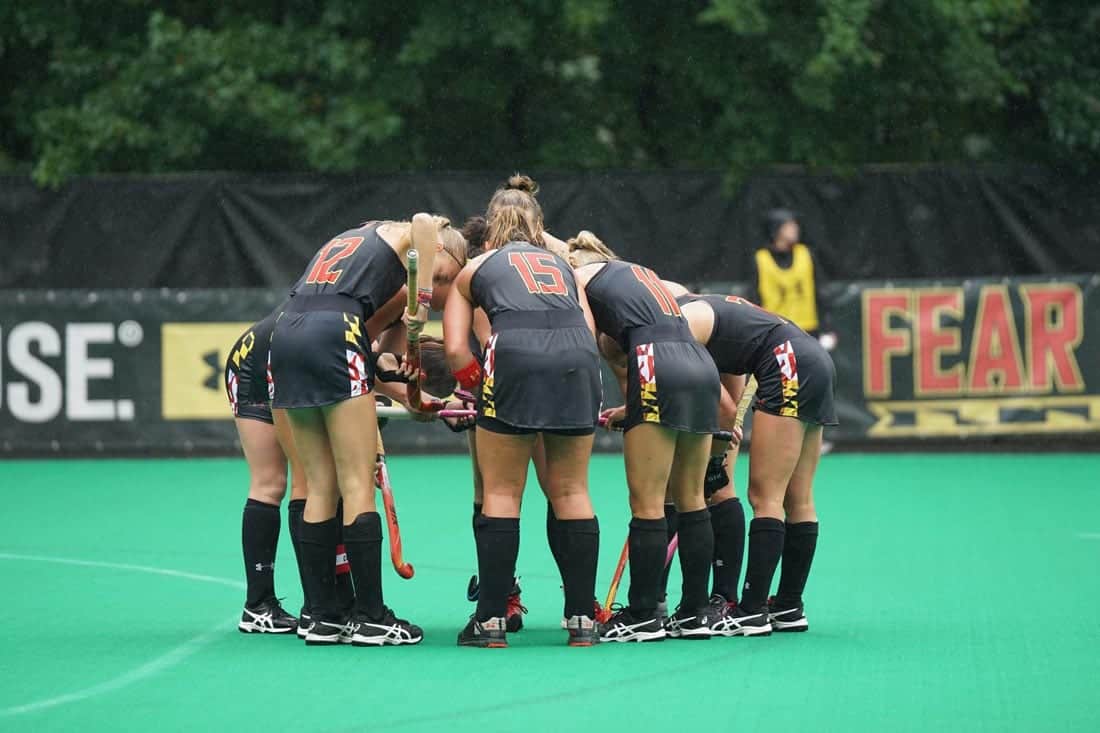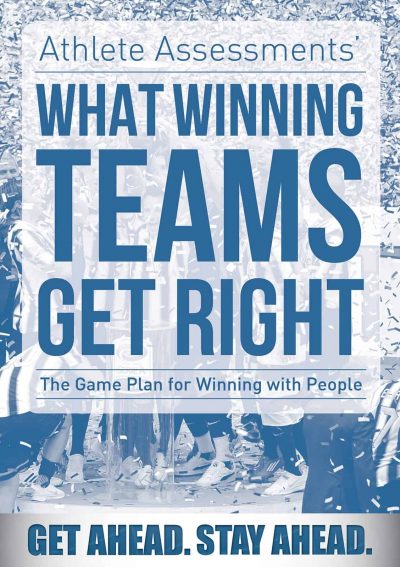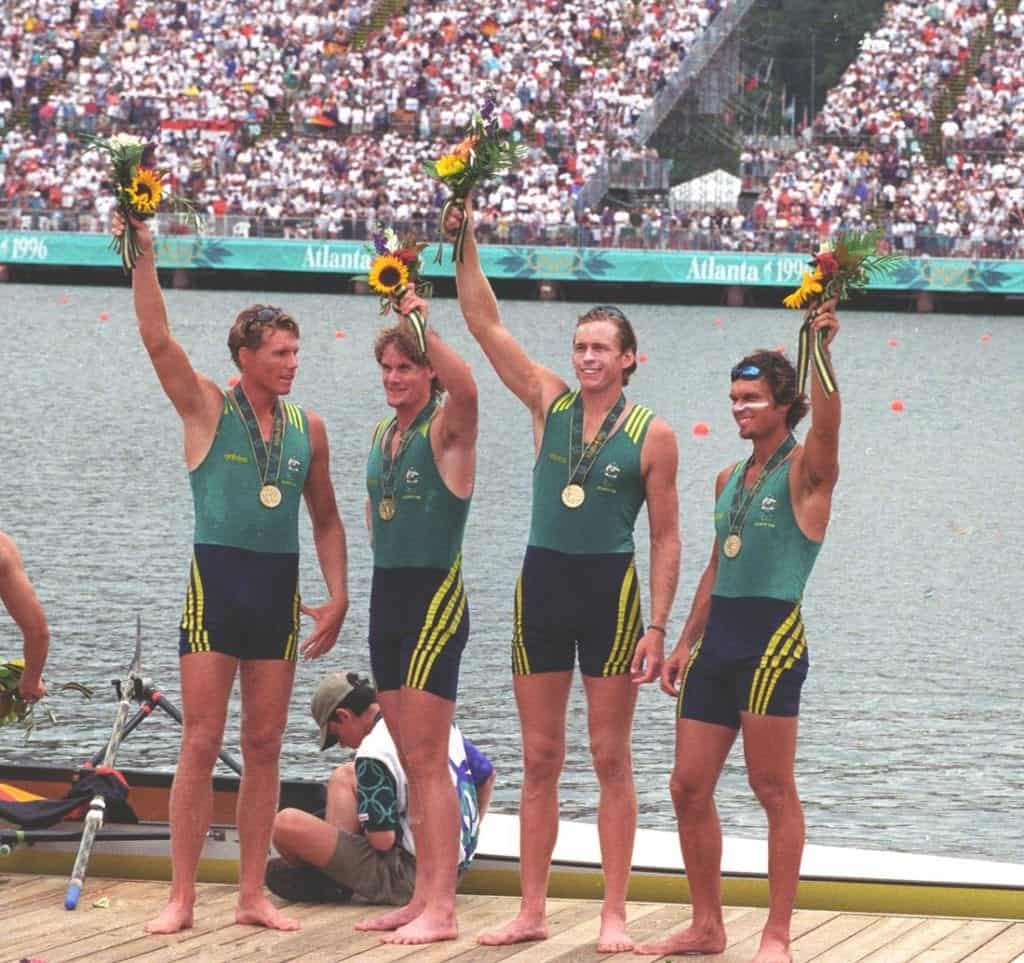By Bo Hanson – 4x Olympian, Coaching Consultant & Director of Athlete Assessments
One of the hallmarks of successful athletes, teams and coaches, is their ability to make effective decisions across a range of challenging environments. These environments are characterized by factors such as time pressure, result pressure, magnitude of the competition and diversity of the people involved.

In creating an effective decision, there are two critical factors which must be accounted for. These factors are the level of quality analysis of the actual problem (not just the symptoms) and the level of acceptance the ultimate decision is likely to attract. These two factors work together in forming what we theoretically know to be an “Effective Decision.” When either of these two factors is neglected, you can be assured the decision will fail in some respect. This article discusses the implications of these two factors, both when they are present, and absent.
Effective Decisions = Quality of Analysis x Level of Acceptance
Examples in a Non-Sporting Context
To quickly grasp the value and understanding of the above equation, it is useful to look at examples outside of sport. Let’s take the example of smoking cigarettes in the 1950s. Back then, the quality of analysis of the impact and effects of smoking can be described as very poor. Yet, the level of acceptance was high. Hence, applying the above equation, the decision to smoke cigarettes was not an effective decision. There are also numerous marketing examples of superior products being a market failure. In these situation, the quality of analysis may have been very high and resulted in a great product, but if it was marketed poorly, there was a low level of acceptance. Again, an example of a poor decision.
Simple Example in Sporting
Here is a simple example of the above equation in action within the sporting context. The benefits of athletes being hydrated has been extremely well researched AND there is a high acceptance within most levels of sport that athletes have an adequate amount of fluid intake. In this example, you can see that ensuring athletes are hydrated during practice and competition is an effective decision.

Quality of Analysis
The first element of making a quality decision, is the level of analysis which has gone into the decision. Analysis is the process of defining what the actual problem is (not just addressing symptoms), defining the outcome desired (goal) and then addressing the unique elements of the problem to be solved. After this is done, all the available solution options are weighed up and defined in terms of their respective pros and cons. Following this analysis, the most useful options associated with goal achievement are put forward.
The impact of not having quality analysis is obviously a decision which does not fit the goal to be achieved. This can happen when the people making the decision all see the problem from the same perspective (this can happen when the decision makers are a similar DISC style, or if the team values harmony and do their best not to disagree with each other. When this occurs, often the team does not consider all alternatives. Or maybe one of the members is more dominant that the others and has greater influence or is more forceful, therefore their opinion is heard above all others resulting in their choice being acted on.
Level of Acceptance
The next factor is the level of acceptance the various best options are likely to attract. What is meant by level of acceptance is the degree to which the members impacted by the decision are going to find the decision acceptable to them. Obviously this factor is highly situational in terms of assessing the level of agreement. In the heat of the moment during a competition, asking for everyone’s opinion is not possible. However, this is best dealt with in the practices prior to the competition. In the training environment, choices are available and the team can consult and involve themselves with dealing with various situations that they are confronted with during a competition. When it is ‘practiced’ in training, the level of agreement has already been established come game time. Or of course, the opposite is also true when none of this happens in practice, individuals act in isolation to the team and make decisions on their own – likely to have a low level of acceptance. The impact this has can be significant even if the decision is found to be the right one based on the outcome achieved.

The implications of not involving others in the decision making process (so to ensure high acceptance) is the possibility that these individuals who did not agree with the decision may not be fully committed to it, and therefore be happy to see it fail. In a worst case scenario, these individuals may even actively (or passively) sabotage the outcome. Ultimately, if you have individuals who do not care of the opinions of others when making team decisions, then eventually the team disengages creating a poor performing team.
Skills for Effective Decisions
For a team to make effective decisions, they must have highly developed interpersonal skills and well defined (and understood) team dynamics. The necessary interpersonal skills are as follows:
- The ability to empathically listen to all viewpoints with respect to why others see things differently.
- The ability and willingness to differ in opinions and for this difference to be valued (because team members know it helps be more effective).
- The ability to support other’s views and ideas. Rather than shoot down opposing or different views, to actually encourage and ‘flesh out’ all ideas and perspectives.
- The environment where all can participate and are willing to participate in the decision making process.
- Striving for consensus is taking time to ensure all members are seeking to solve the same problem and to reach agreement which they can all support.
When these interpersonal skills are present, teams are more likely to make 100% use of their available people resources. This is the heart of the challenge in being a successful team. The only competitive advantage your team has, (within the competition boundaries your team competes) is your people and the degree to which their skills, knowledge, abilities and energy is 100% utilized. Most teams spend little if any time, educating their team members on these vital team skills. As a result such poor decision making is the norm, and with poor decision making comes poor results. For those teams who strive to be the best they can be, the coach usually has a more holistic view on achieving great outcomes and we find ourselves working with coaches who view these interpersonal skills and awareness as critical.
The great aspect to the interpersonal skills and decision making process discussed in this article is that it takes no special effort, no sweat or tough workout, just an awareness that your team is made up of people who must find a way to work together. Most of these skills discussed in this article are not taught specifically in any class at high school or college, but are, as suggested, vital to your team. So are you a coach who is going to develop these skills in your athletes? If not you, then who will? Ultimately, are you a coach who just coaches technique and game knowledge? Or do you go beyond the basics to include such skill development highlighted in this article? We know that the best coaches teach more than just technique; they teach people how to be better people and that means becoming great at working effectively with others.
For more information on similar topics, we highly recommend out articles on ‘Understanding Team Dynamics’ and ‘Improve Athlete Decision Making Skills’.
At Athlete Assessments, we’re here to provide you with excellence in service and here to help you be your best. If there is anything we can assist you with, please Contact Us.






1 thought on “Making Effective Team Decisions”
I have read several just right stuff here. Certainly price bookmarking for revisiting. I wonder how much effort you put to create such a magnificent informative site.